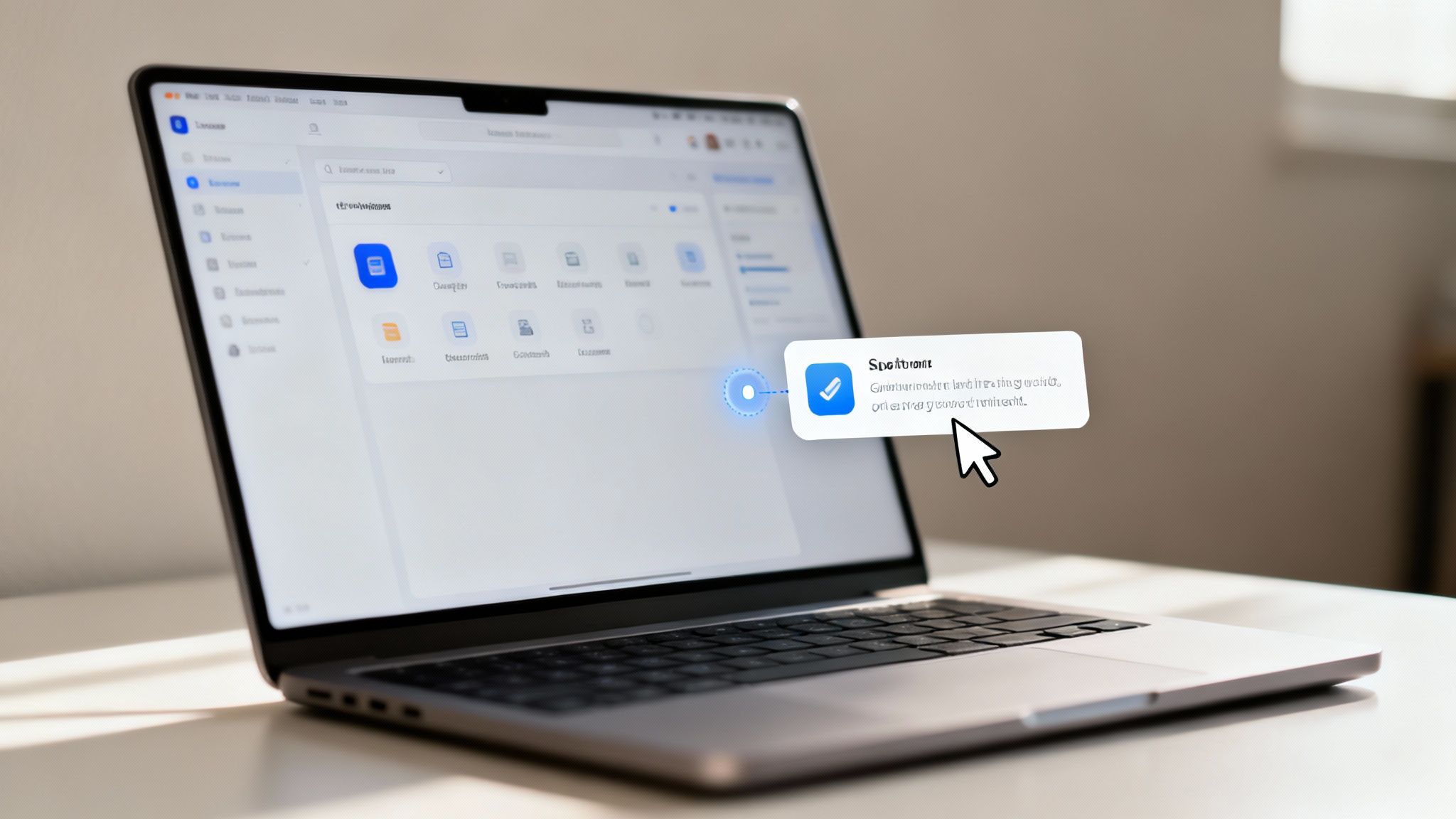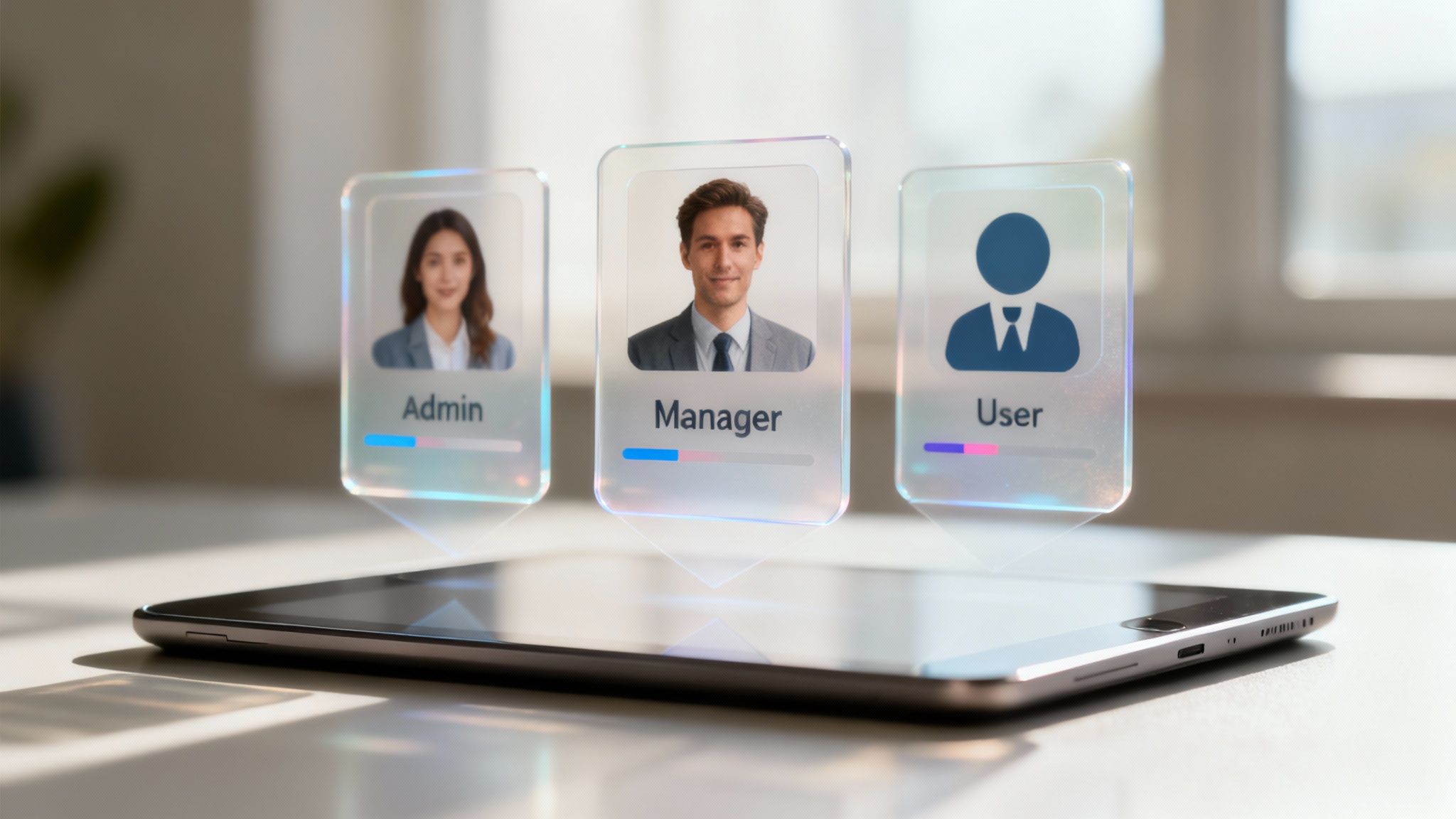First impressions are final. In the competitive SaaS landscape, a clunky, impersonal, or overwhelming first experience can send a new customer searching for the exit. Effective customer onboarding strategies are no longer about just showing features; they’re about building trust, demonstrating value immediately, and setting the foundation for a long-term relationship that reduces churn and accelerates adoption.
This isn’t a technical manual. It’s a strategic manifesto for marketing professionals, SaaS founders, and customer success managers who want to transform onboarding from a simple checklist into a powerful growth engine. We’ll explore the essential do’s that create smooth, engaging journeys and the critical don’ts that sabotage retention before it even begins.
Get ready to rethink how you welcome your customers. It’s time to treat customer onboarding not as a technical hurdle, but as a creative, scalable process that builds trust, loyalty, and long-term growth.
The Do’s: Building a Foundation of Trust
1. Do create a clear step-by-step welcome journey
A great onboarding experience is like a well-lit path. Guide new users with a clear, logical sequence of steps that builds momentum. A well-crafted welcome journey uses a mix of emails, in-app tutorials, and short videos to introduce core concepts without causing information overload. The goal is to lead them to their first “aha moment” as quickly and smoothly as possible.

2. Do personalize onboarding flows based on customer segments or goals
Not all users are created equal, and their onboarding experience shouldn’t be either. From the moment they sign up, ask a simple question: “What do you want to achieve?” or “What is your role?” Use this information to tailor the journey. An administrator needs a different path than a frontline user. Personalization makes users feel understood and shows them the most relevant features first, dramatically accelerating their time to value.

3. Do use interactive elements to keep customers motivated
Passive learning is forgettable. Active participation builds confidence and knowledge retention. Use interactive elements like checklists, progress trackers, and guided product walkthroughs to keep users engaged. Prompting them to click, type, and navigate creates an experience that helps them achieve their first “win” quickly, turning a tutorial into a hands-on success story.
4. Do include video explainers or walkthroughs to simplify complex processes
Text can be dense and intimidating. A short, well-produced video can explain a complex workflow in 90 seconds. Use video explainers to demonstrate key features, share best practices, or provide a high-level overview. Videos are a highly digestible format that caters to different learning styles, breaking down intimidating processes into simple, visual steps. You can learn more about creating compelling product demo videos to complement your in-app guidance.
5. Do gather feedback early with micro-surveys or in-app prompts
Onboarding is a conversation, not a monologue. Don’t wait until the end of the trial to ask for feedback. Use simple, one-question micro-surveys (“How are you finding this so far?”) or in-app prompts after a user completes a key step. This provides invaluable, real-time insights into where users are getting stuck or confused, allowing you to iterate and improve the experience continuously.
6. Do celebrate milestones to reinforce value
Positive reinforcement is a powerful motivator. When a user completes a key action—like creating their first project, inviting a teammate, or closing their first deal—celebrate it! A simple congratulatory message, a fun animation, or even a celebratory email can make users feel a sense of accomplishment. This reinforces the value they’re getting from your product and encourages them to keep exploring.

The Don’ts: Common Mistakes That Sabotage Success
1. Don’t overwhelm new customers with too much information at once
The “firehose” approach to onboarding is a recipe for churn. Flooding a new user with every feature, setting, and menu option at once creates anxiety, not excitement. Instead, focus on progressive disclosure. Introduce features and concepts only when they become relevant to the user’s journey. Guide them to their first “win” with the minimum necessary information.
2. Don’t ignore accessibility
A smooth onboarding experience must be an accessible one. If your videos don’t have captions, your color contrast is poor, or your platform isn’t screen-reader friendly, you’re creating barriers for a significant portion of your audience. Always provide captions for videos, offer alternative formats for documentation, and ensure your design follows accessibility best practices. An inclusive product is a better product for everyone.
3. Don’t treat onboarding as one-size-fits-all
The quickest way to lose a customer’s attention is to show them something irrelevant to their goals. A generic tour that shows an enterprise admin feature to a solo user is a waste of their time. Use segmentation to ensure the guidance, examples, and use cases you present are directly related to why they signed up in the first place. You can learn more about creating personalized video experiences to take your onboarding to the next level.
4. Don’t skip follow-up — customers need guidance beyond the first week
Onboarding doesn’t end after the first login. It’s an ongoing process. The first week is critical, but what about week two? Or month two? Use automated email sequences, in-app notifications, and proactive check-ins to continue offering value. Share advanced tips, introduce secondary features, and highlight new use cases to guide customers from basic proficiency to expert-level adoption.
5. Don’t rely solely on text-based documentation
People learn in different ways. A comprehensive knowledge base is essential, but it shouldn’t be your only resource. Supplement your text-based guides with short videos, interactive tutorials, group webinars, and a clear path to human support. A multi-format approach increases information retention, caters to diverse learning styles, and empowers users to find answers in the way that works best for them.
Onboarding Isn’t an Event, It’s the Beginning of a Relationship
We’ve explored a wide array of powerful customer onboarding strategies, framed as a manifesto of what to do and what to avoid. Each principle, whether it’s personalizing the journey or celebrating small wins, shares a common goal: to transform a new user’s initial curiosity into lasting confidence and loyalty. The critical takeaway is that onboarding is not a static checklist to be completed; it is the first, and perhaps most important, chapter in your customer’s story with your brand.
The most effective programs are dynamic and human-centric. They don’t just show users how to use a product; they show them why it matters for their specific goals. By focusing on early wins, celebrating milestones, and offering a blend of self-service resources and human support, you demonstrate a genuine commitment to their success. This philosophy requires a shift in mindset from treating onboarding as a one-size-fits-all tutorial to viewing it as a strategic, ongoing conversation. Just as companies invest heavily in clear internal training, often using HR and onboarding video solutions to ensure consistency and engagement, the same dedication must be applied to your external customer experience. To see how these principles apply internally, you can discover video templates for employee onboarding.
From Strategy to Implementation
As you move from theory to practice, remember these core principles:
- Personalization is paramount: Generic flows lead to disengagement. Use the data you have to tailor the experience to a user’s role, goals, or industry.
- Clarity trumps complexity: Avoid overwhelming users. Break down complex processes into manageable steps and provide clear, accessible guidance through multiple formats, especially video.
- Continuously iterate: Your onboarding process is never truly “finished.” Use feedback, analytics, and user behavior data to refine your approach and adapt to your customers’ evolving needs.
To deepen your understanding of how to build lasting customer relationships, explore these 10 essential customer onboarding best practices that product managers use to drive adoption. As your company scales, maintaining this high-touch, personalized feel can become a significant challenge. This is where tools for video automation become invaluable, allowing you to deliver tailored, engaging video messages to every user without overwhelming your team. The ultimate goal isn’t just to lower churn rates in the short term; it’s to build strong, enduring relationships that fuel long-term growth and turn satisfied customers into your most passionate advocates.
Ready to elevate your customer onboarding with engaging and scalable video content? Discover how Wideo can help you create professional, personalized videos that guide your users to success, reduce support tickets, and build lasting loyalty. Start creating your own impactful onboarding videos today at Wideo.





